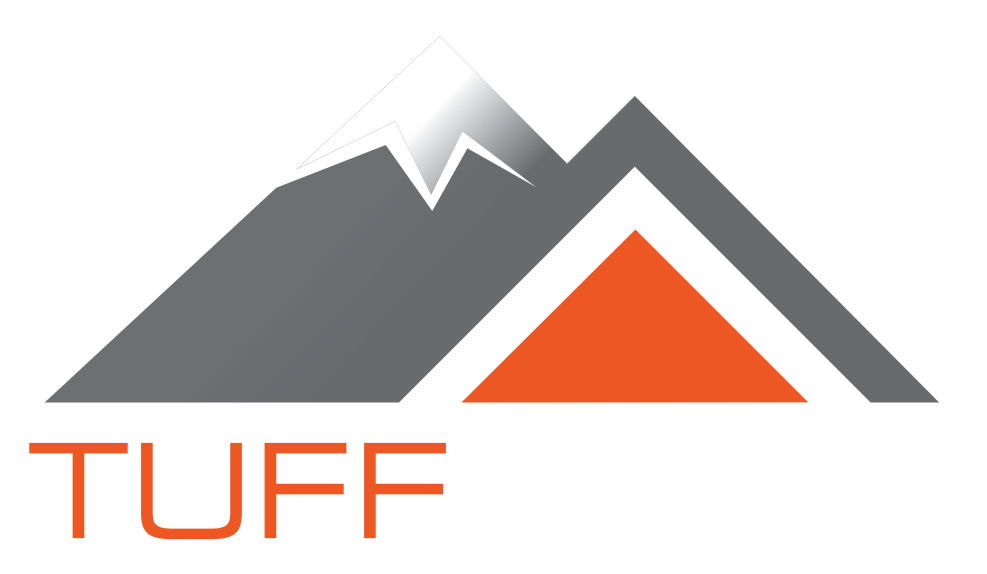The Top Roofing Materials for Colorado Homes: Pros, Cons, and Costs
Colorado’s altitude, UV, freeze–thaw cycles, and seasonal hail make roofing a performance upgrade, not just a cosmetic one. At Tuff Roof in Colorado Springs, we help you weigh budget, lifespan, and curb appeal with options that actually work along the Front Range. For quick comparisons, we use cost tiers: $ (lowest) to $$$$ (highest). Below, we’ve ordered materials from lowest to highest typical upfront cost.
Asphalt Shingles (Architectural/Laminated) — $–$$ | 20–35 years
Pros: Broad color and profile choices, quick installs, HOA-friendly looks, and strong curb appeal per dollar. Impact-resistant (IR) shingles can improve hail performance and may help with insurance.
Cons: Standard shingles age faster under intense UV and can scuff in severe hail.
Best for: Budget-conscious projects and resale boosts.
Pro tip: Pair IR shingles with upgraded underlayment and ridge ventilation for better storm resilience.
Synthetic/Composite (Slate/Shake Lookalikes) — $$–$$$ | 30–50 years
Pros: Premium aesthetics at a lower weight than real slate/tile, good impact ratings, consistent color, and easier repairs.
Cons: Quality varies by brand; long-term weathering differs across product lines.
Best for: Classic shake/slate looks without structural upgrades.
Pro tip: Choose products with proven hail and UV performance and solid manufacturer warranties.
Metal (Standing Seam or Stone-Coated) — $$$ | 40–70 years
Pros: Excellent longevity, wind and hail toughness (gauge/profile matter), sheds snow well, and suits modern or rustic designs. Reflective finishes can help reduce attic temperatures in summer.
Cons: Higher upfront cost; cosmetic dings possible in major hail (usually not a performance issue).
Best for: Long-term owners and exposed sites (foothills, prairie winds).
Pro tip: Specify proper gauge, high-temp ice-and-water shield at eaves/valleys, and snow guards over doors/walkways.
Tile (Concrete/Clay) — $$$–$$$$ | 50–100 years
Pros: Distinctive Southwest/Mediterranean curb appeal, fire resistance, long service life, and stable color options. Concrete tile handles UV well and can fare better in typical hail than many expect.
Cons: Heavy—often requires structural verification or upgrades, starts at a higher install cost, and can have difficulty matching profiles for repairs.
Best for: Homes designed for tile or neighborhoods that favor the look.
Pro tip: Confirm framing capacity and use robust underlayment details where ice dams are likely to form.
Slate (Natural Stone) — $$$$ | 75–150+ years
Pros: It is fireproof, has a benchmark longevity, an unmatched natural character, and top-tier curb appeal.
Cons: Highest cost and weight, specialized installers, and sourcing/matching for repairs can be tricky.
Best for: Historic/custom homes where architectural significance and lifespan outweigh budget.
Pro tip: Select a slate type suited to freeze–thaw and verify structure before committing.
Finding Your Sweet Spot (Cost, Curb Appeal, Resale)
If value per dollar is the goal, architectural asphalt (ideally IR-rated) plus premium underlayments is hard to beat for resale. For lifetime ownership and low maintenance, metal shines. Tile and slate deliver statement looks and durability when budget and structure allow, while synthetics bridge premium style with lighter weight and solid hail performance.
How Tuff Roof Helps
We start with a site evaluation—elevation, wind exposure, shade, and HOA rules—then show side-by-side materials with cost tiers, warranties, and expected service life. From IR shingles to standing-seam metal or high-end composites, we specify assemblies (underlayment, ventilation, flashings) that thrive in Colorado’s climate and elevate your curb appeal. Ready to compare samples and pricing? Tuff Roof will tailor a roof that fits your budget today and your goals for tomorrow.
